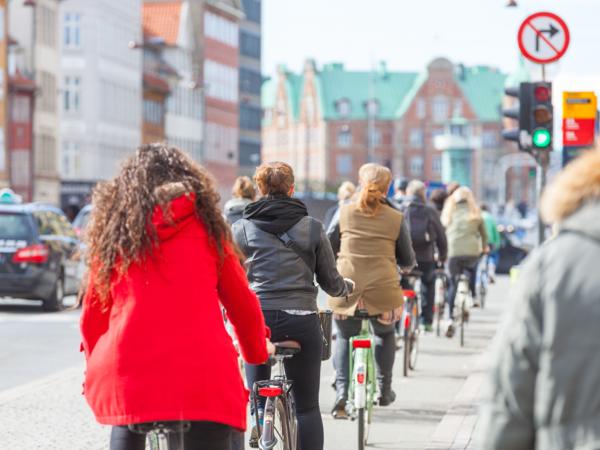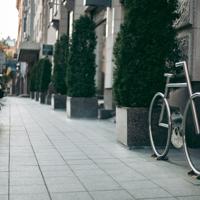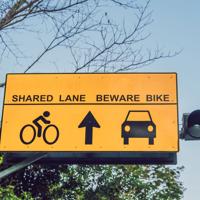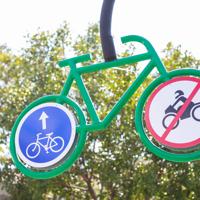Navigating through city traffic can be daunting, especially during peak hours. Understanding how to plan your routes can greatly alleviate tension and enhance your commuting experience. This guide aims to provide thoughtful insights and practical tips to help you find a smoother path.
Start by Mixing Up Your Routes
Developing a habit of taking different routes can keep your commute fresh and may help identify pathways with lighter traffic. Try alternating between major roads and less busy side streets. Incorporating scenic routes might add a pleasant aspect to your ride, even if it’s slightly longer.
For example, on one day you could take a main road that’s often bustling but quicker, while on another day, explore smaller streets or parks that offer a quieter ride. This approach not only helps in avoiding traffic but also introduces a bit of variety into your commute.
Consider the Time of Your Commute
Timing can be a crucial factor. Noticing when your usual route is the most congested can guide you in choosing the best times to travel. Aim to leave either a bit earlier or later than the peak hours.
Data suggests that departing just 15–30 minutes before or after rush hour can significantly reduce travel time. Keep a flexible work schedule if possible, and mention your commitment to effective commuting to your employer; this might open discussions for more adaptable hours.
Utilize Technology to Your Advantage
Leverage navigation apps and other online resources that provide real-time traffic updates and suggest alternative routes. Apps like Google Maps or Waze can show current traffic conditions and even alert you to any new roadblocks or constructions.
Frequenting local cycling forums or apps like Strava can also give you insights from other cyclists about current conditions, detours, and even better routes.
Try Cycling Infrastructure-Friendly Routes
Choose lanes and paths that are more accommodating and safer for bicycles. Many cities are gradually improving cycling infrastructure, adding bike lanes or car-free trails.
For instance, if you’re in a city that invests in dedicated cycling boulevards or greenways, consider rerouting your journey to incorporate these. They’re often less crowded and can provide a peaceful, faster way to reach your destination.
Plan for Traffic-Free Days
Think about working from home when your presence in the office is not strictly necessary. Some tasks may not require a physical presence, allowing you to reduce traffic encounters altogether. Discussing flexible working options with your employer could not only improve your commute efficiency but also positively impact your overall productivity.
Engage with the Local Community
Participate in local cycling groups or communities where members share tips and recommendations for avoiding traffic. Engaging in these discussions can offer new insights and reveal hidden gems in the form of less-traveled routes.
Most cities have cycling clubs or online forums where cyclists gather to share tips and personal experiences, offering a wealth of local knowledge.
Be Open to Change
Finally, keeping an open mind about your commute can lead to discovering your own personal tricks to avoid traffic. It might take a bit of trial and error, but in the end, finding your rhythm and what works best for you personally is often the most rewarding.
In conclusion, while avoiding traffic can sometimes feel impossible, employing a combination of diverse strategies can significantly improve the quality of your commute. Safe travels!




